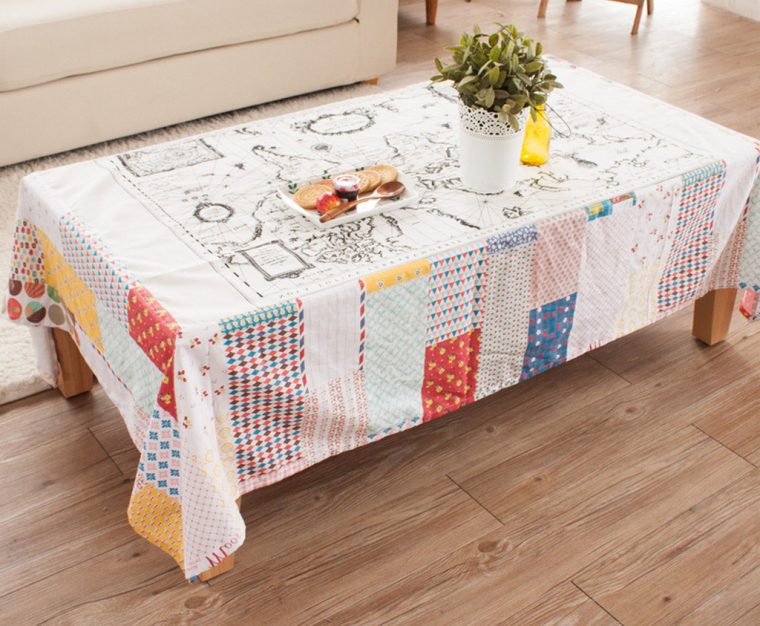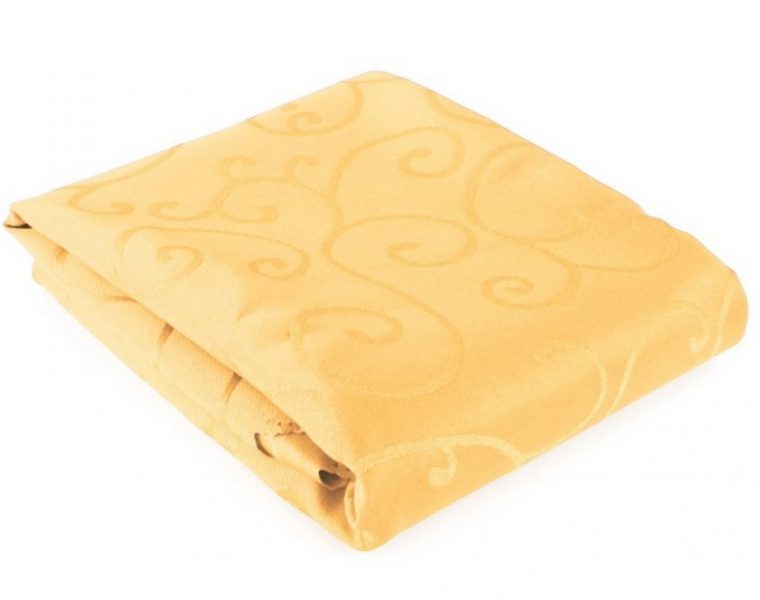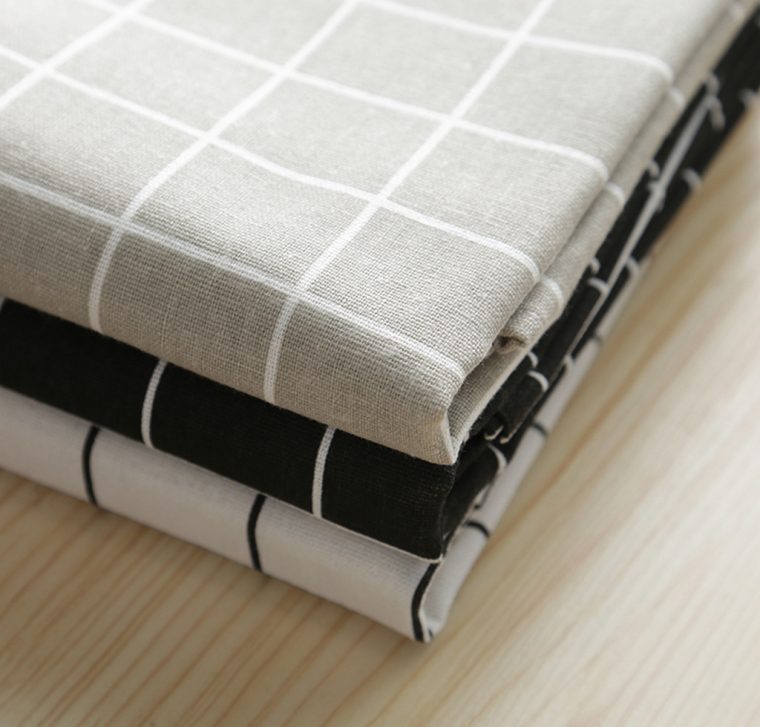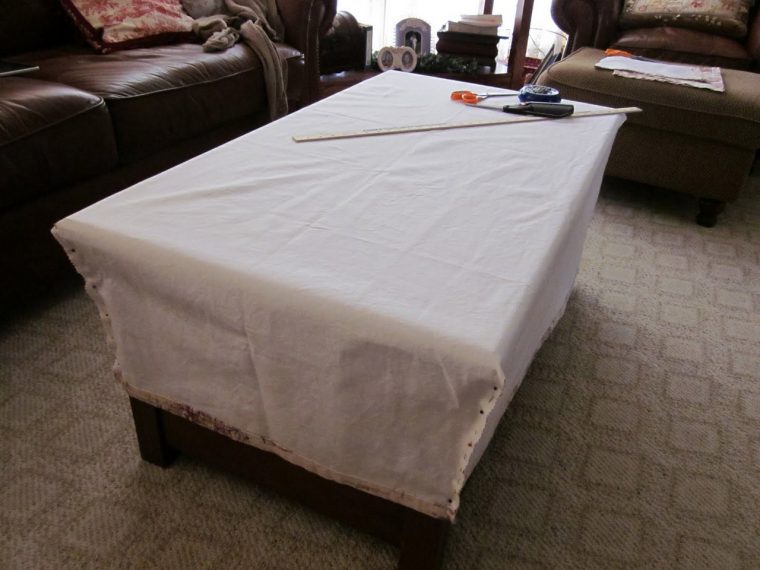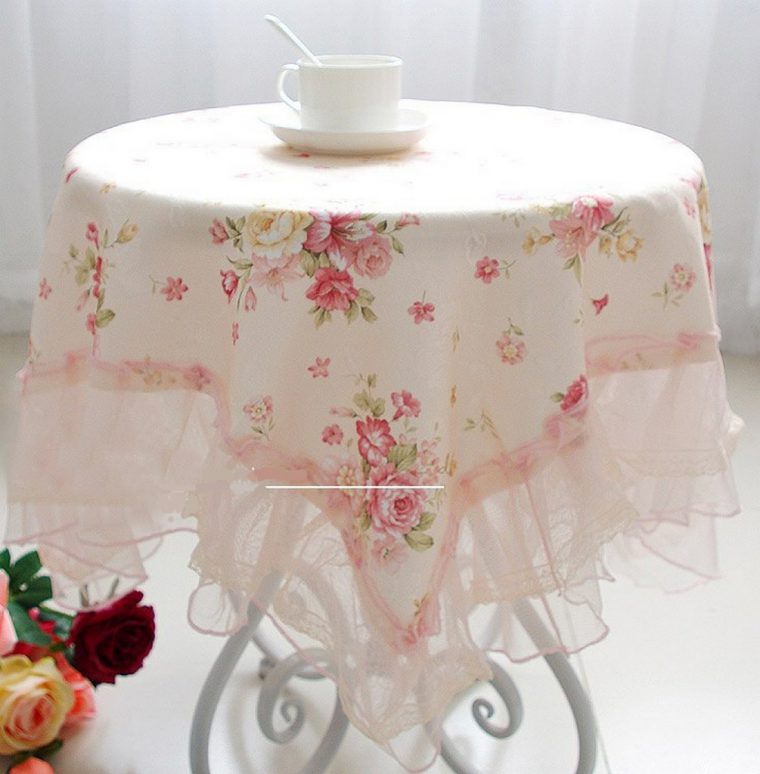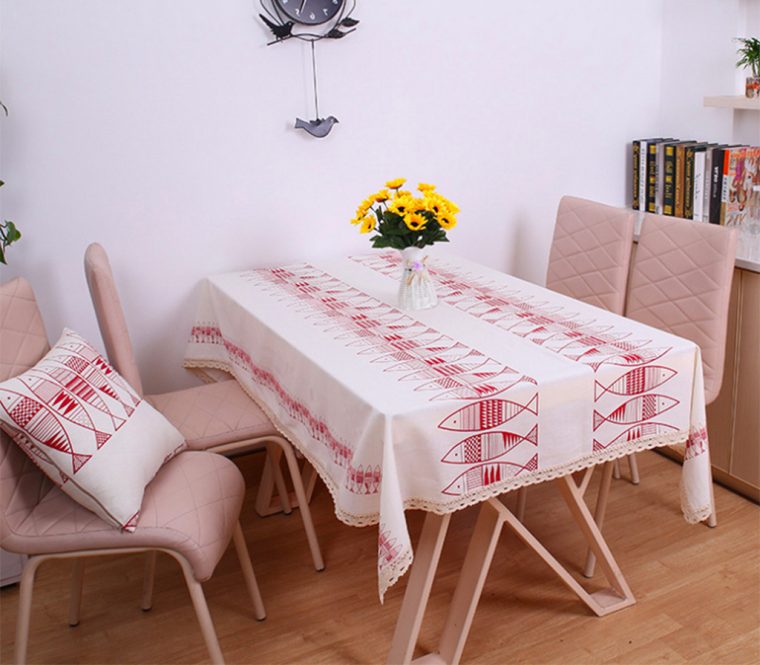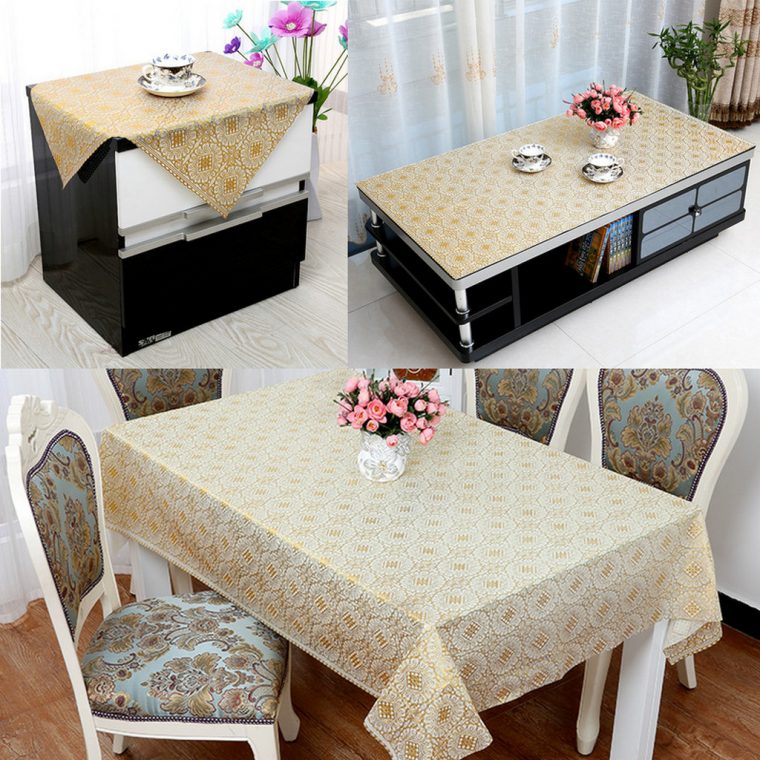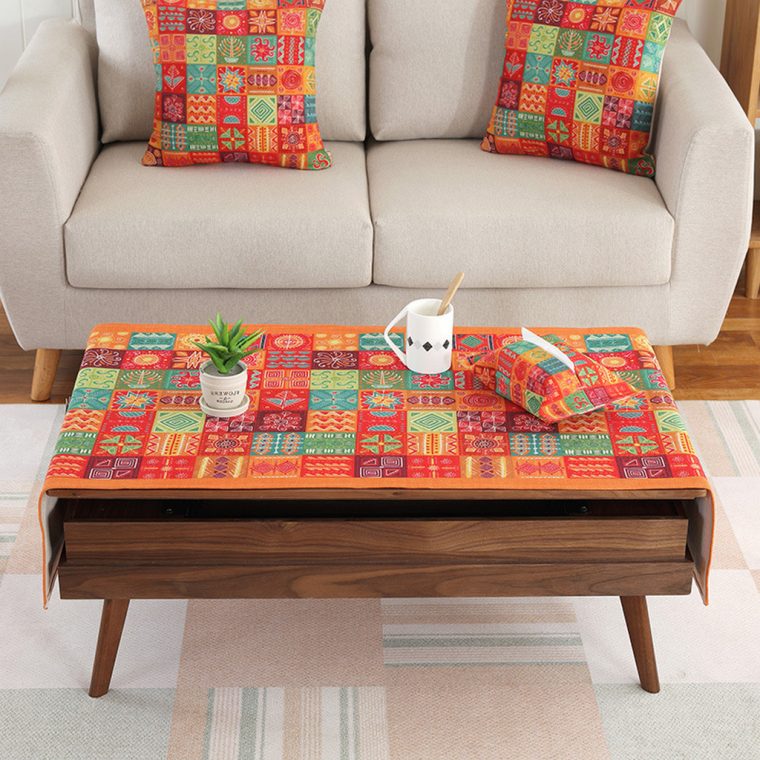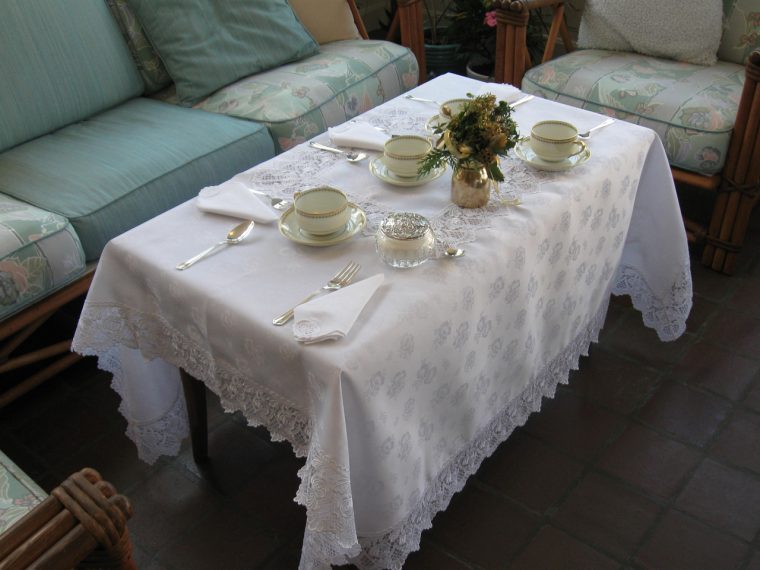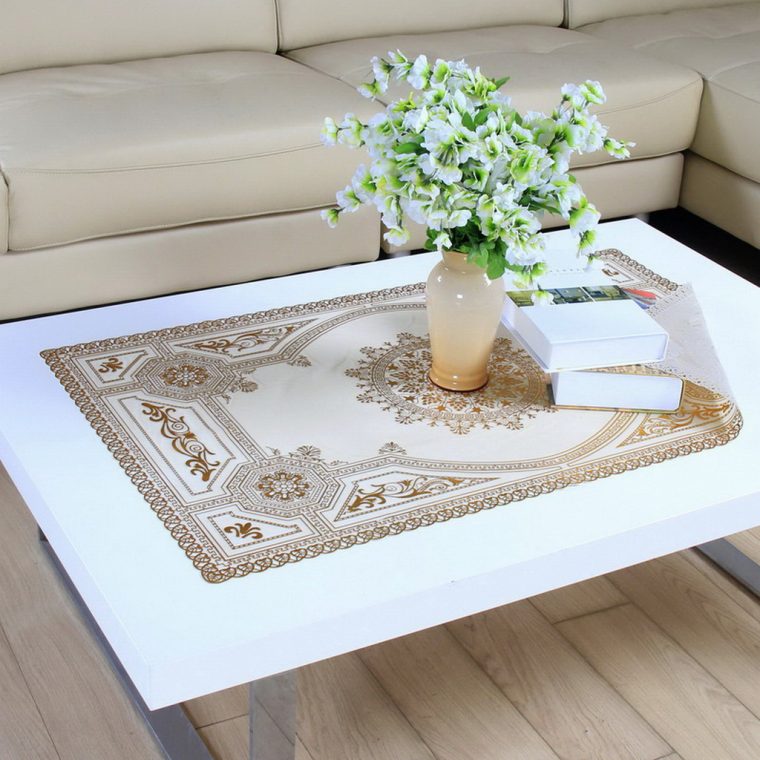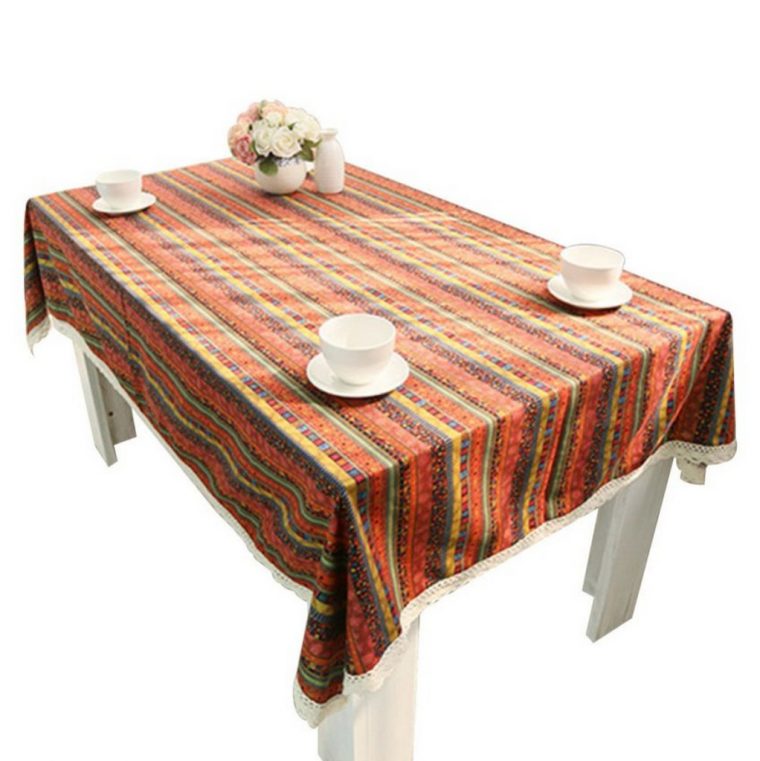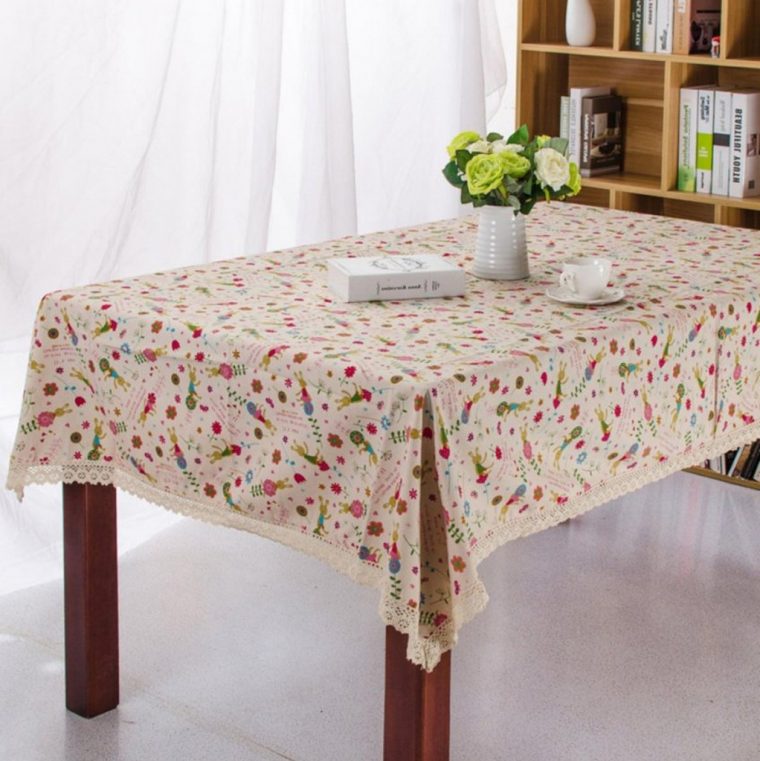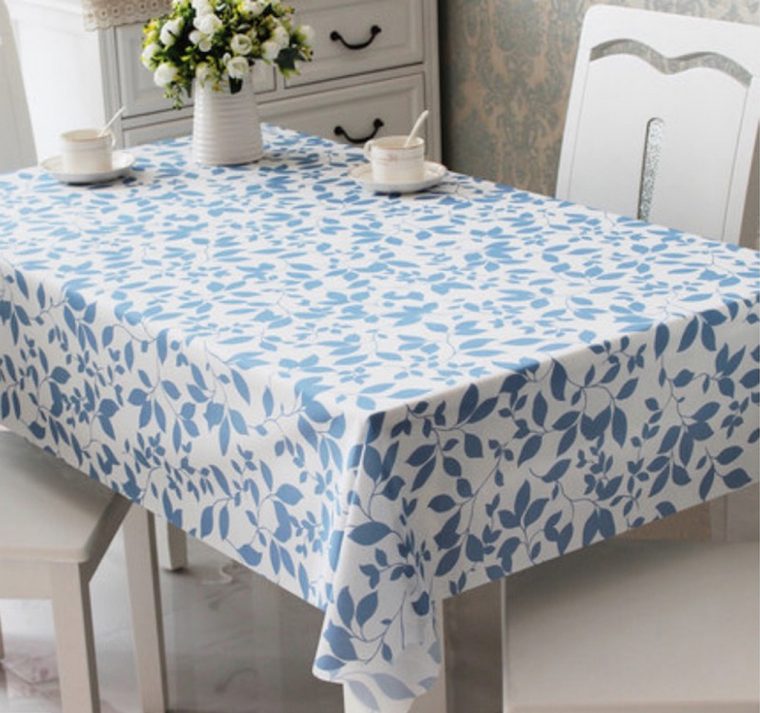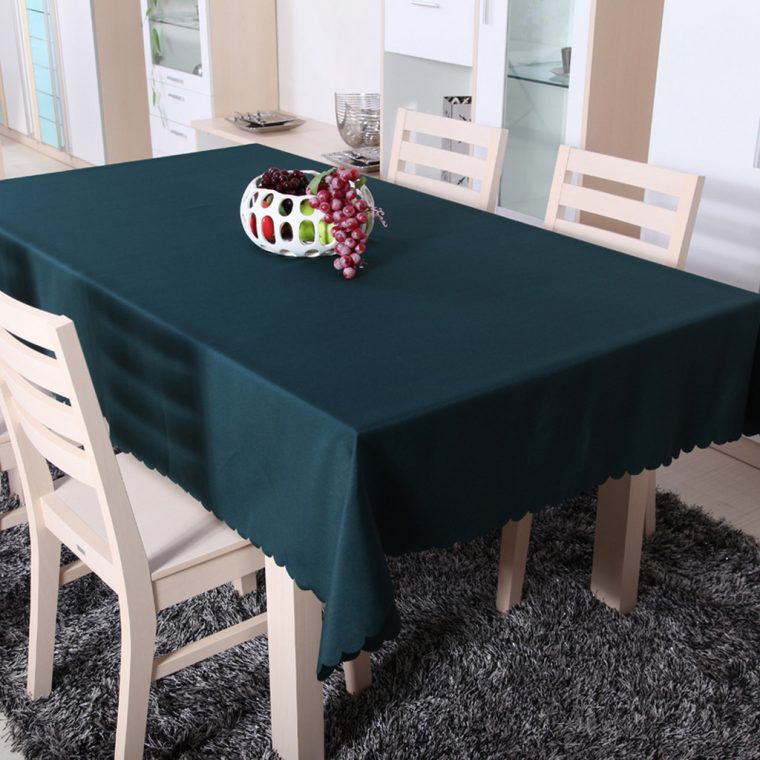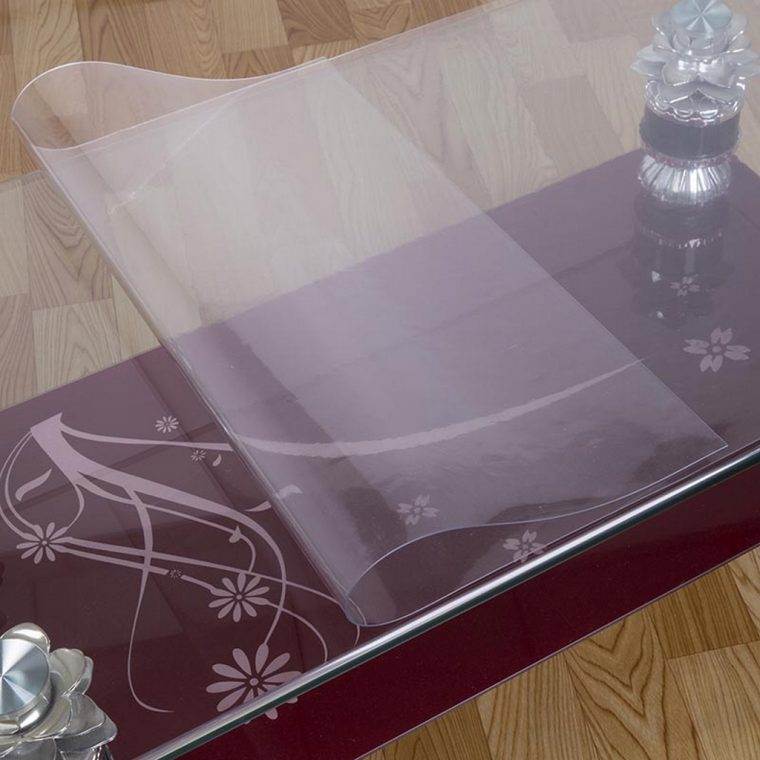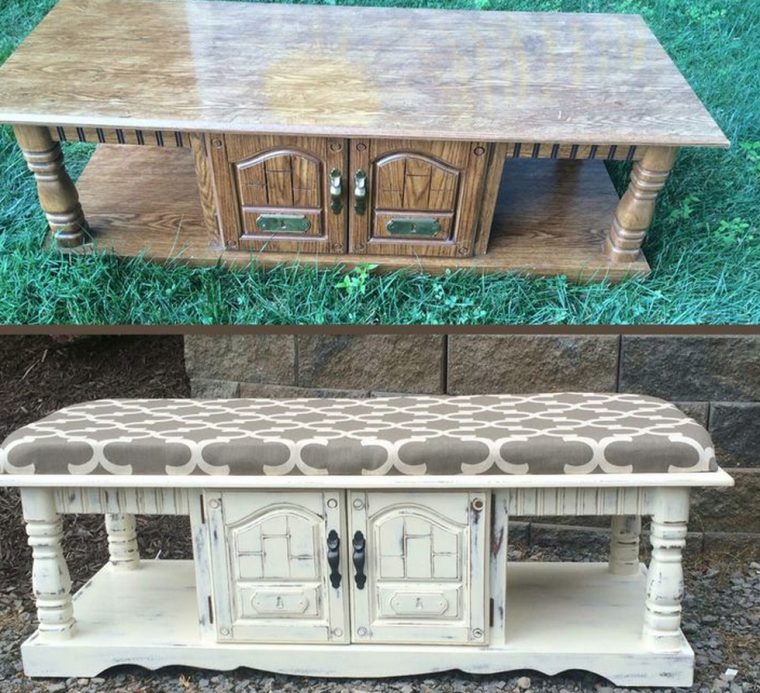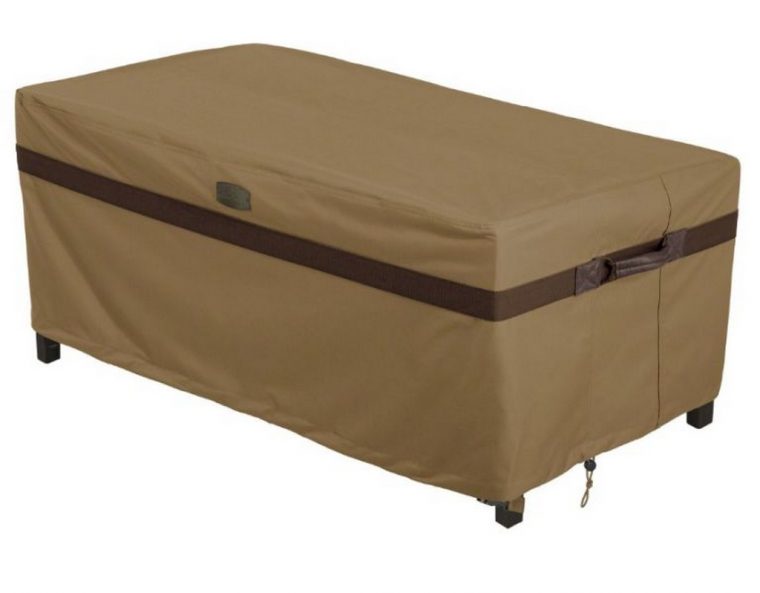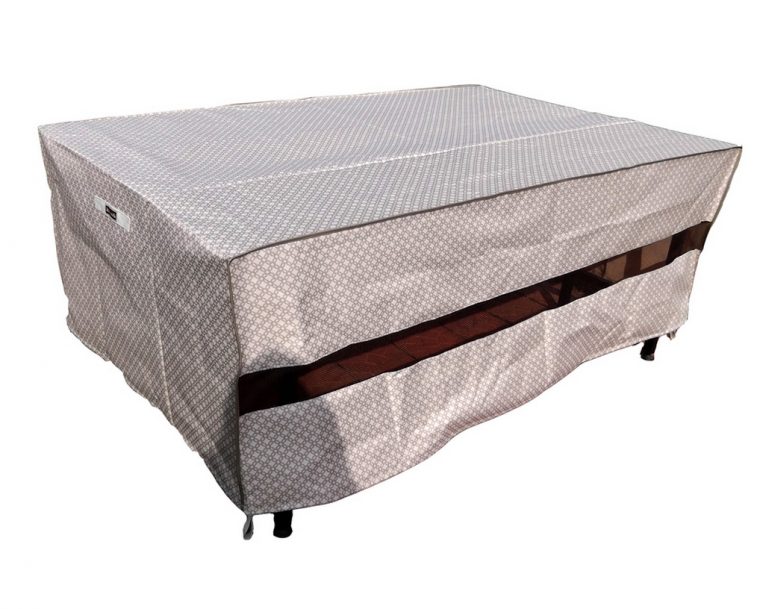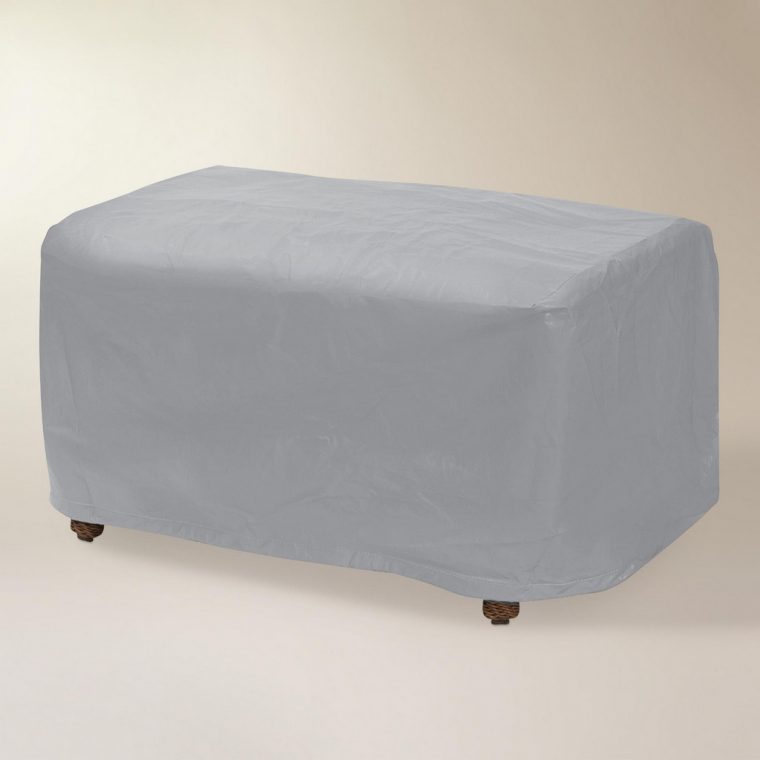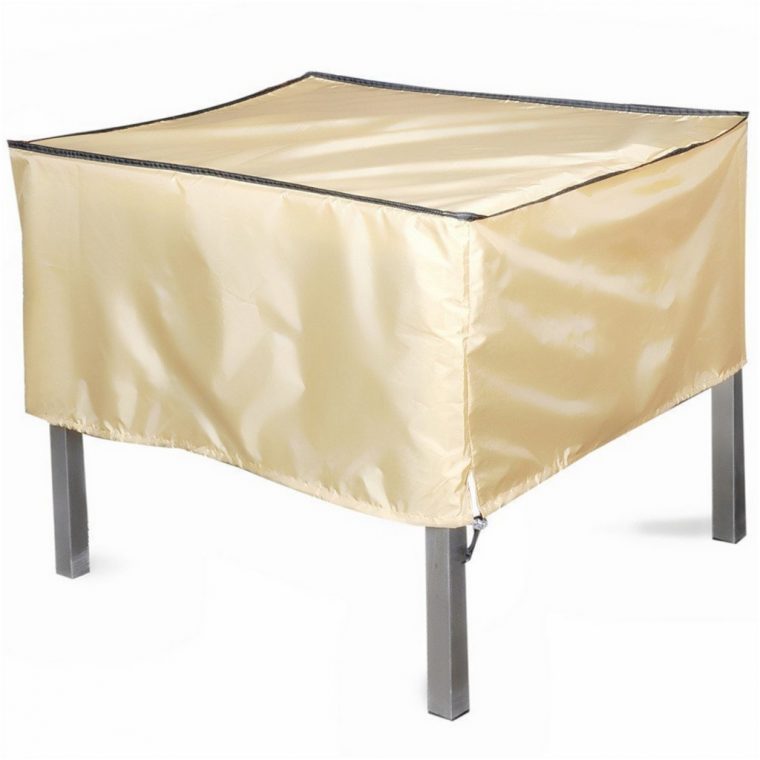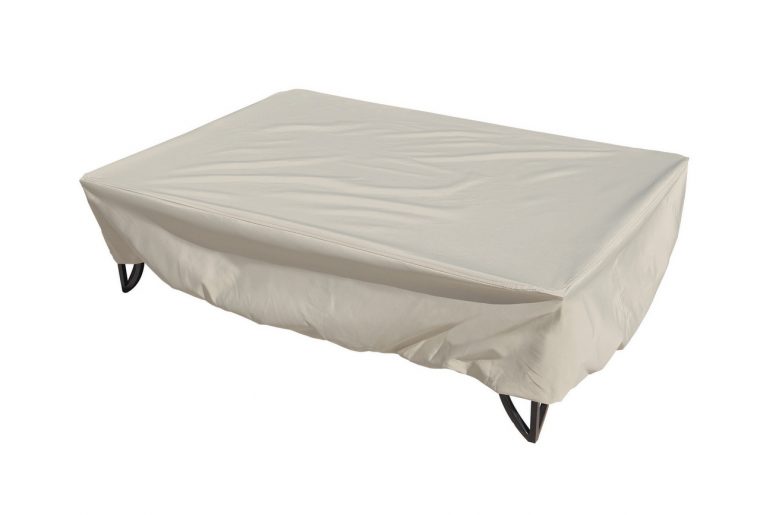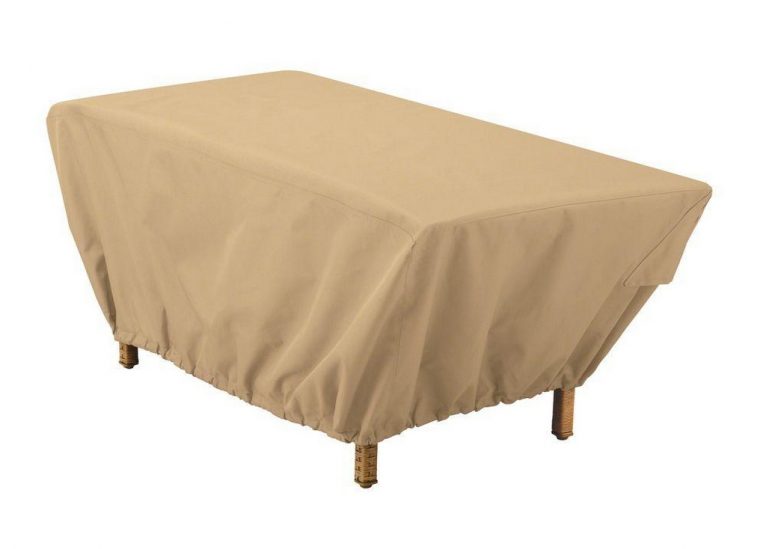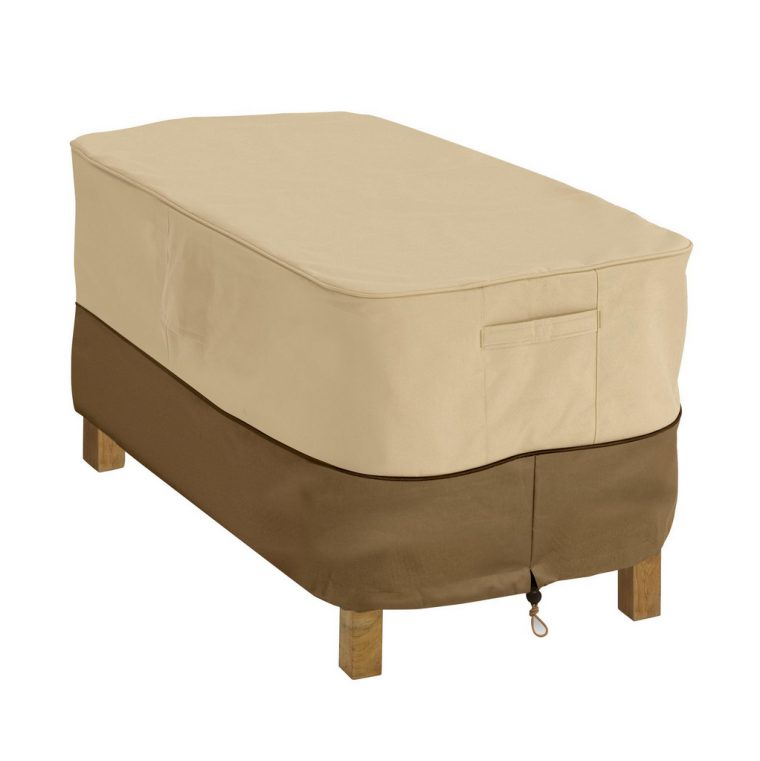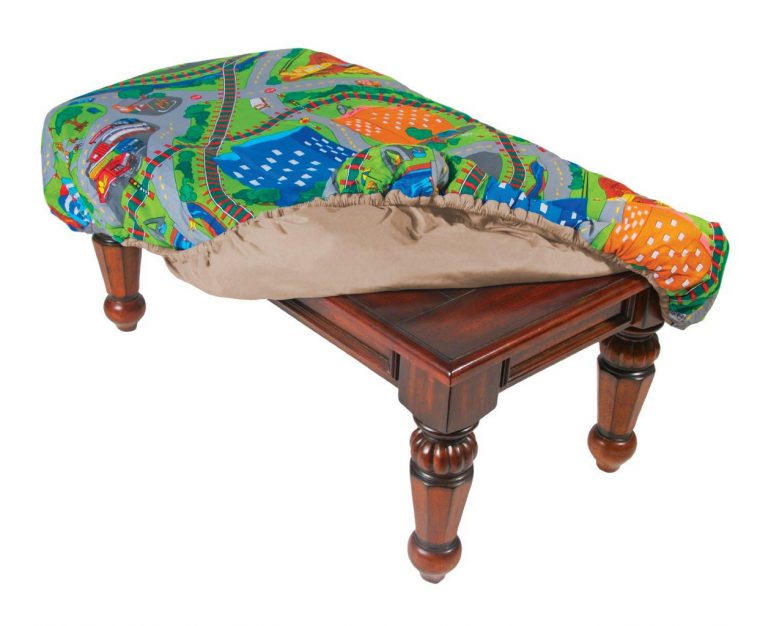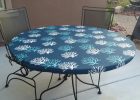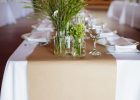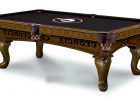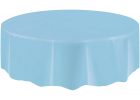The Story Of Coffee Table Cover Has Just Gone Viral! | Table Covers Depot
Jazz Up Your Living Room With a DIY Coffee Table Cover
Because the autumn season kicks into full gear and also the holiday season shortly upon us, there are many opportunities to liven up the cocktail table. A coffee table cover ideas that will shows the character of the season brings a special look to any coffee table, as well as creating a DIY tablecloth is among the simplest stitching tasks you can deal with.
By understanding how to create a coffee table cover, you make sure it matches your living room table accurately and can also synchronize either with your coffee table accessories, your living room in your home will definitely much better than you would with a store-bought one. It is very important to get the measurements right and also to provide the edges a clean, professional looking finish.
How to Make a Coffee Table Cover
-
Choose the Correct Fabric
The very first most crucial phase is to choose fabric that is right for a table cover. Almost all coffee tables need material that is fairly wide, so search for fabric that is a minimum of 54 ins in width.
Because coffee table cloth can easily get dirty from foods, pick a fabric which can be machine-washed and dried. Most cotton is perfect, however has a tendency to wrinkle excessive, therefore think about mixes or fabrics that are handled to resist wrinkles. For example a cotton + polyester combinations will works nicely.
-
Measure the Coffee Table Size
Measuring the living room coffee table precisely will be the next phase. This will figure out the size and also shape of the tablecloth plus the quantity of fabric yardage needed. For tables where finished width measurements exceed the width of the fabric chosen, panels will have to be pieced together. Well-made tablecloths are ones where the overhang measurement is the same around the overall edge of the table and hangs just above (and not on) the chair seats.
How to Measure a Square or Rectangle Coffee Table:
- Measure the sizes of the table surface, both the width as well as length.
- After that figure out the amount of ‘drop’ or overhang you wish. For a casual tablecloth an overhang of 12 ins or perhaps a little bit less is enough. The drop must hit just above the seat cushion. The tablecloth must not drop onto the chair seats.
- For a more formal tablecloth the drop can go to the ground. Floor-length tablecloths must hang 1 ” off the floor, so remove an inch from the drop measurement. In this instance, however, panels of cloth will likely have to be pieced together producing seams along the length of the tablecloth.
- To the width measurement add more two times the drop measurement plus 2 ins for the hem finish and also 2 ins for seam allowances in case panels will have to be pieced together.
- For the length, add two times the drop to the table’s length measurement plus 2 ins for the hem finish. Use this measurement to determine the quantity of yardage needed.
- In case pieced panels are required, double the above measurement for the yardage.
Tips on How to Measure a Round Coffee Table:
- For a round table calculate the surface area diameter.
- Include two times the wanted drop measurement.
- Create 2 more ins for a hem finish and also another 2 ins for seam allowances in case panels have to be pieced together. The diameter of this measurement is the yardage necessity.
- In case pieced panels are needed double this amount for yardage.
- If a trim added to the hem edge is wanted determine the hem edge circumference by multiplying the complete table diameter by 3.14. This would be the length of the trim required in inches. Divide that number by 36 to figure out the number of yards.
-
Add Panel (If You Wish)
Although creating a coffee table cloth cover is a quite simple procedure tables can be found in a multitude of shapes and sizes that can impact whether panels will have to be added and also where those panels are placed.
In case panels are required to provide enough width, there are several things to retain in mind…
- Since a seam down the center length of a tablecloth is, well…ugly…add panels to each side of the fabric as displayed in the illustration below. The 2 side panels must be of the same width.
- The width of the cloth will fairly determine where the side panels have to be positioned. When possible, attempt to place the lengthwise seams along the table edges instead of on the top surface area of the table to get a more appealing looking tablecloth. This is particularly useful when you are piecing a solid coloured cloth.
- When panels are needed, you can use a plaid or printed patterned fabric to help makes the seams smooth and less noticeable, but still need the patterns be matched perfectly along the seam lines.
- When working with printed or plaid fabric which needs to be pieced together, always add the pattern repeat measurement times 2 to the yardage necessity. This can make sure the patterns can be matched correctly along the seam lines.
-
Finish the Coffee Table Cover
For a tablecloth that needs no extra panels to be pieced together, once the fabric is reduce to the right dimensions, the only stitching which needs to be done is the hem. Choices for hemming a tablecloth is limitless and can also effect width and length sizes. The most typical technique to hem a tablecloth is to finish the edges using a ½” double rolled hem.
Some Tips to Finishing Your Coffee Table Cover:
If the trim or maybe other edge finish is to be used to the hem, take the finished width and length measurements and multiply that by 2. Take that number and then divide by 36 for the amount calculated in yards.
Complete the seam allowance edges of the joining seams with either a French seam, or press the seam open and overcast the edges with a serger to avoid them from fraying when washing.
Even though the most popular method to hem a tablecloth is a double rolled hem there are numerous different ways to complete the hem. Binding the edges using a contrasting colour or pattern is also a preferred choice. Some other ideas include serging the edges. Although relatively easy, several store-bought cloths are finished by doing this.
You can see more informations about this DIY by click this link how to decorate a coffee table.
For this type coffee table coverings, i think you should buy it! It’s perfect for outdoor coffee table cover.
Watch out! Don’t let your child get hurt. Use a coffee table protector.

